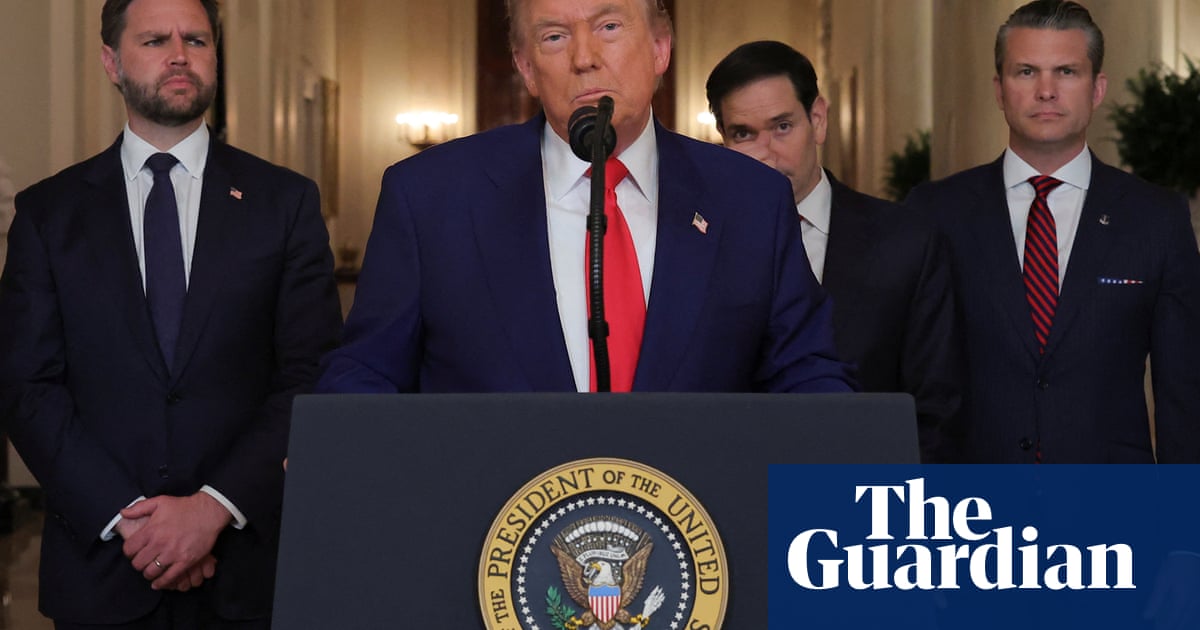Donald Trump’s move to bomb three nuclear sites in Iran came as those inside his orbit who were opposed to US intervention in the conflict shifted their views in favor of a limited and one-off strike.
The US president had been under immense pressure from Republican anti-interventionists not to engage in any action againstIranout of concern that the US might be dragged into a protracted engagement to topple Iran’s leadership, or that strikes on facilities might have limited success.
Some advisers both inside and outside the White House tried to dissuade him from becoming entangled in what they characterized as a conflict started byIsrael. They initially suggested the US could continue to help Israel with support from the intelligence community.
But in recent days, as Trump increasingly considered the prospect of strikes and told advisers he had no interest in a prolonged war to bring about regime change, some advisers shifted their public arguments to suggesting the US could do a quick bombing run if Israel could do nothing further.
The evolving views gave Trump some cover to order a bombing run that targeted the three nuclear facilities in Iran. A US official said on Saturday that the strikes were complete, the B-2 bombers used in the raid were out of Iranian airspace and no further follow-up attacks were planned.
However, the strikes will inevitably be seen by some as a victory for hardliners in the US who have pushed for a tough stance on Iran, a firm backing of Israel’s attack on the country and directUS militaryinvolvement in that effort.
The US strikes in the end were limited to Iran’s nuclear uranium-enrichment sites at Natanz and Fordow, the facility buried deep underground that is seen as the most difficult to take offline, and a third site at Isfahan, where Iran was believed to have stored its near-weapons-grade uranium.
It was unclear whether the bombing run did enough damage to set back Iran’s ability to acquire a nuclear weapon, and whether Iran had already moved the weapons-grade uranium out of the Isfahan laboratory as some officials suggested.
Trump appeared to view the bombing run as comparable to his drone strike to assassinate Gen Qassem Suleimani of Iran, one of his proudest accomplishments from his first term and one he mentioned repeatedly at campaign rallies, despite his denouncements of US military action in the Middle East.
Like he did after the Suleimani operation, Trump posted a giant graphic of the American flag on his Truth Social account shortly after he described the bombing of Iran’s nuclear facilities as “very successful” in a post announcing details of the operation.
The comparison appeared to be an additional effort to underscore his intentions that he does not want a wider war with Iran and was only focused on the necessary steps to ensure Iran could not develop a nuclear weapon.
Whether that hope plays out could depend on large part on how Iran interprets the strikes and its ability to retaliate. If Iranian leaders perceived them to be limited, it could lead to a more measured response. But if seen as too disproportionate, and with little to lose, Iran could open frontal attacks on numerous US bases in the region.
